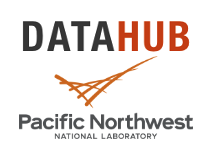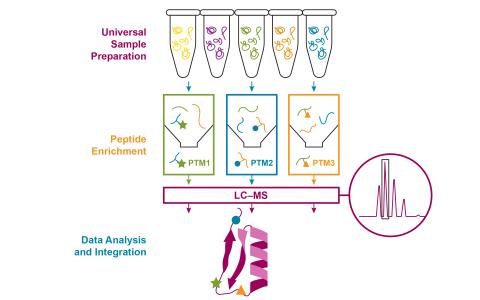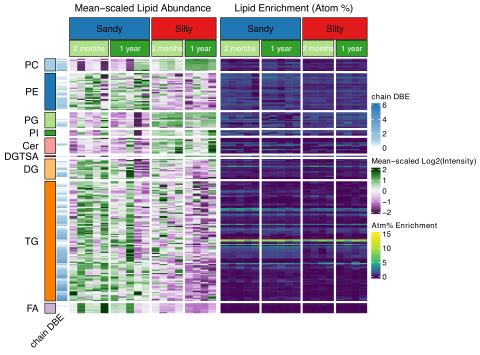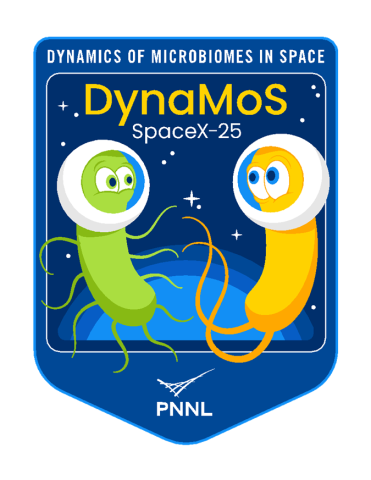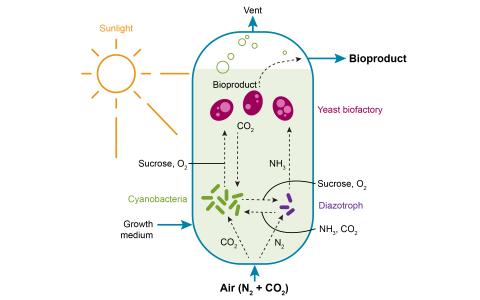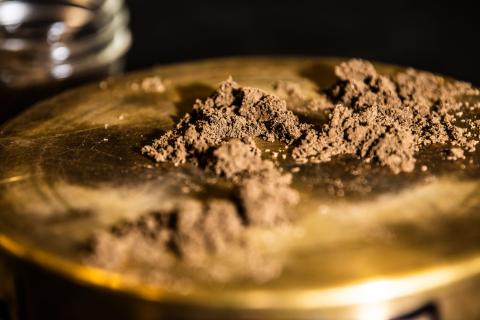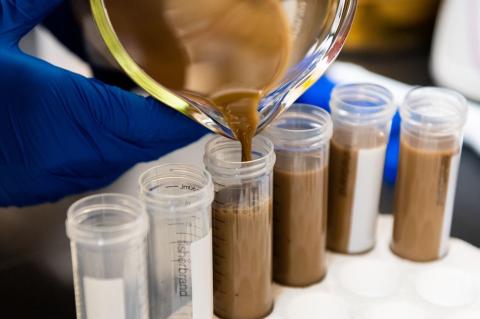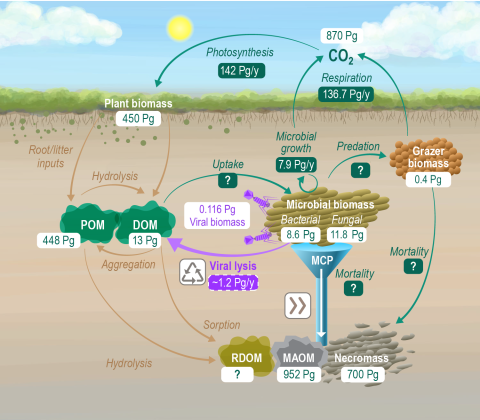Created 2025-06-03T23:16:59+00:00 by LN Anderson Integrative SP3 Workflow for Multi-PTM Proteomics Profiling (PPI-TZ-DP0) The purpose of this experiment was to evaluate a new standardized method approach for proteomics sample processing designed to facilitate multiplexed quantification of protein...
Filter results
Category
- (-) Biology (258)
- Scientific Discovery (369)
- Earth System Science (161)
- Human Health (112)
- Integrative Omics (73)
- Microbiome Science (47)
- National Security (31)
- Computational Research (25)
- Computing & Analytics (17)
- Chemical & Biological Signatures Science (12)
- Energy Resiliency (12)
- Weapons of Mass Effect (12)
- Chemistry (10)
- Data Analytics & Machine Learning (9)
- Computational Mathematics & Statistics (7)
- Materials Science (7)
- Atmospheric Science (6)
- Data Analytics & Machine Learning (6)
- Renewable Energy (6)
- Visual Analytics (6)
- Coastal Science (4)
- Ecosystem Science (4)
- Energy Storage (3)
- Plant Science (3)
- Solar Energy (3)
- Bioenergy Technologies (2)
- Cybersecurity (2)
- Distribution (2)
- Electric Grid Modernization (2)
- Energy Efficiency (2)
- Grid Cybersecurity (2)
- Transportation (2)
- Computational Mathematics & Statistics (1)
- Grid Analytics (1)
- High-Performance Computing (1)
- Subsurface Science (1)
- Terrestrial Aquatics (1)
- Wind Energy (1)
Tags
- Virology (77)
- Immune Response (51)
- Time Sampled Measurement Datasets (51)
- Differential Expression Analysis (46)
- Gene expression profile data (45)
- Homo sapiens (42)
- Predictive Phenomics (34)
- Mass spectrometry data (32)
- Multi-Omics (32)
- Viruses (27)
- Omics (25)
- Health (23)
- Mass Spectrometry (23)
- Soil Microbiology (23)
- Virus (23)
- MERS-CoV (19)
- Mus musculus (19)
- Proteomics (18)
- sequencing (13)
- West Nile virus (13)
- Genomics (12)
- High Throughput Sequencing (11)
- Influenza A (11)
- TA2 (11)
- Metagenomics (10)
- PerCon SFA (10)
- S. elongatus PCC 7942 (10)
- TA1 (10)
- Ebola (9)
- Microbiome (8)
Data package for Lipids represent a dynamic, yet stable pool of microbially-derived soil carbon This data is published under a CC0 license . The authors encourage data reuse and request attribution by referencing the below citations for the data packages and associated manuscript. Please cite as...
Please cite as : McClure, R. and Janet Jansson. 2025. EVT 16s Data and Large Supplementary Files . [Data Set] PNNL DataHub. https://doi.org/10.25584/2530740. This data is published under a CC0 license . The authors encourage data reuse and request attribution by referencing the above citations for...
Category
Created 2024-12-22T20:31:04+00:00 by LN Anderson ; Last updated 2025-02-04T20:14:18+00:00 and is pending public release. Rhodotorula toruloides Nitrogen Limitation PTM Profiling Multi-Omics (TZ-DP1) The purpose of this experiment was to evaluate the regulatory stress response of Oleaginous yeast...
Category
Created 2024-12-20T23:47:47+00:00 by LN Anderson ; Last updated 2025-05-09T15:55:34+00:00 S. elongatus PCC 7942 Circadian Control Bioproduction Metabolomics (PB-DP5) The purpose of this experiment was to evaluate how circadian clock regulation impacts carbon partitioning between storage, growth, and...
Category
Created 2024-12-20T23:47:47+00:00 by LN Anderson ; Last updated 2025-05-09T15:55:34+00:00 S. elongatus PCC 7942 Circadian Control Bioproduction Transcriptomics (PB-DP3) The purpose of this experiment was to evaluate how circadian clock regulation impacts carbon partitioning between storage, growth...
Category
This data has been submitted to the RSCB Protein Data Bank (PDB) under accession code 7TVO (V-Csn-E157Q).
Category
This data has been submitted to the RSCB Protein Data Bank (PDB) under accession code 7TVP (V-Csn-E157Q chitohexaose complex).
Category
Original data available on MassIVE under accession number MSV000086931 . Paper tentative title: Drought and wet-up causes significant remodeling of the soil lipidome Author list: Sneha Couvillion et al. We used lipidomics to capture the rapid metabolic response of the microbial community in an arid...
Category
This data has been submitted to the RSCB Protein Data Bank (PDB) under accession code 7TVL (V-Csn apo1).
Category
This data has been submitted to the RSCB Protein Data Bank (PDB) under accession code 7TVN (V-Csn-D148N).
Category
This data has been deposited at the Sequence Read Archive (SRA) SRP400851 under the BioProject accession: PRJNA886747 .
Category
This data has been submitted to the RSCB Protein Data Bank (PDB) under accession code 7TVO (V-Csn-E157Q).
Category
Please cite as : Rodríguez-Ramos, Josué, Natalie Sadler, Elias K. Zegeye, Yuliya Farris, Samuel Purvine, Sneha Couvillion, William C. Nelson, and Kirsten Hofmockel. Environmental matrix and moisture are key determinants of microbial phenotypes expressed in a reduced complexity soil-analog. [Data Set...
Original data published and available from Zenodo at: https://doi.org/10.5281/zenodo.13839485 Please cite as : Zimmerman, A., & Hofmockel, K. (2024). Global terrestrial carbon pools and fluxes [Data set]. In Global Change Biology. Zenodo. https://doi.org/10.5281/zenodo.13839485 This file contains a...
